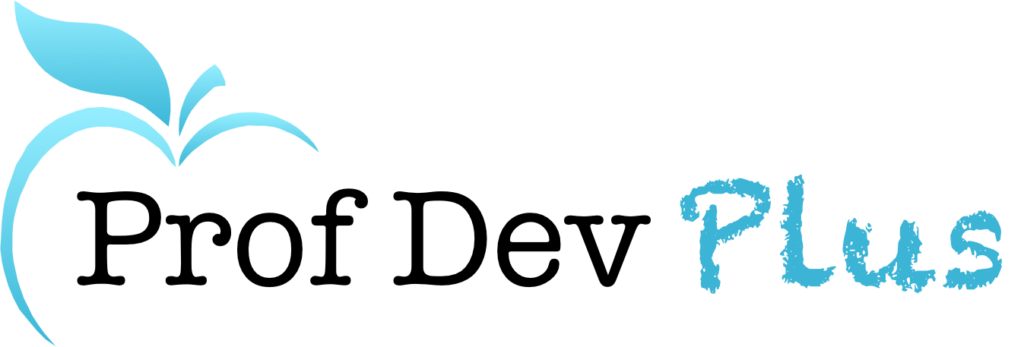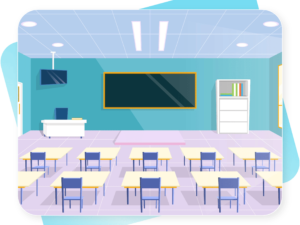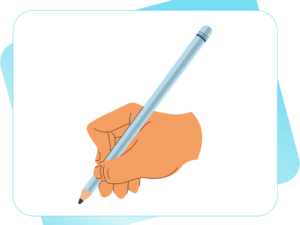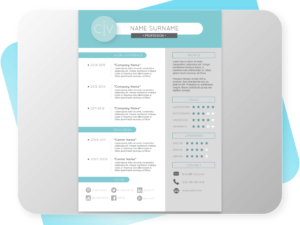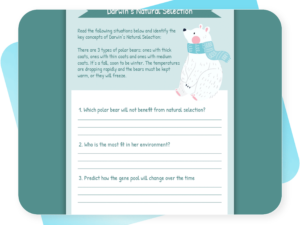Using Mind Maps in Foundation Phases
- Description
- Curriculum
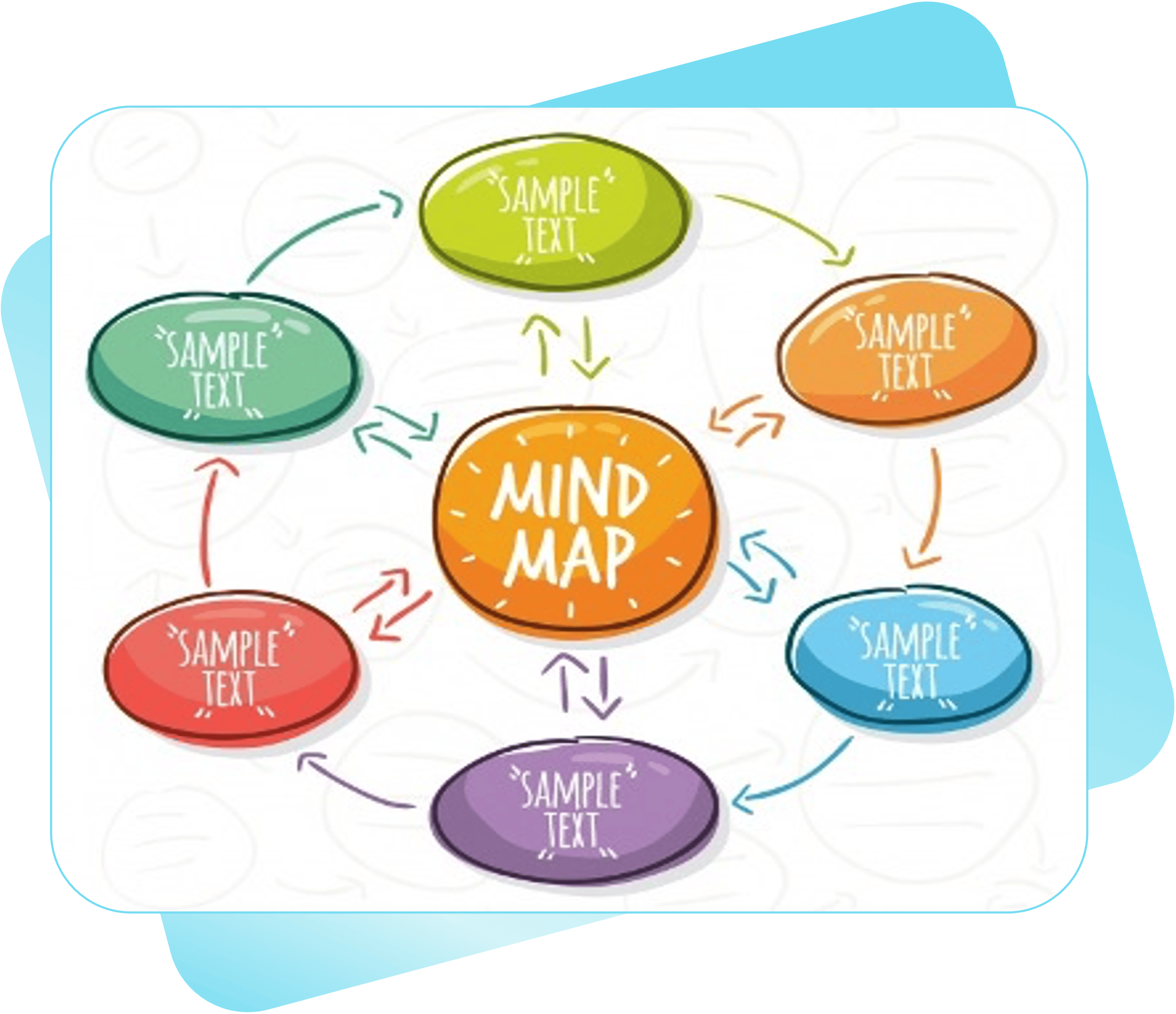
This course is designed for educators and students alike, this course provides a deep understanding of the principles, applications, and benefits of integrating mind maps into the curriculum, this course aims to foster critical thinking, enhance creativity, and promote holistic learning experiences for young minds.
-
1Course Introduction
This video provids a bief overview of what will be covered in this course.
-
2Introduction to Mind Maps
In this video, we embark on an insightful exploration of the fundamental principles behind mind maps and their invaluable role in fostering effective learning strategies. This introduction lays the groundwork for a comprehensive understanding of how this visual thinking technique can revolutionize the educational experience for young minds.
-
3Assisting Learners that Struggle with Knowledge
This document provides additional information about why Mind Maps are so valuable to learners.
-
4Mind Map Components
In this video, we delve into the essential elements that constitute the backbone of mind maps, unveiling the key building blocks that contribute to their effectiveness in the Foundation Phase curriculum.
-
5Summary of the Components of Mind Maps
This document provides a summary of the important components of a mind map.
-
6Fish Mind Map
This Fish Mind Map is designed to guide learners how to define a something. This Mind Map will train and develop learners cognitive thinking and teach them to use a specific thinking pattern when asked to define a concept.
-
7Template: Fish Mind Map
-
8Starfish Mind Map
The Starfish Mind Map is designed to teach learners how to describe something. It can be used to describe a word, symbol, picture, story or topic. This mind map will train and develop learners cognitive thinking and teach them to use a specific thinking pattern when asked to describe something. This mind map also encourages learners to extend their vocabulary.
-
9Template: Starfish Mind Map
-
10Template: Starfish Friends Mind Map
-
11Starfish Friends Mind Map
The Starfish Mind Map is designed to guide learners how to compare two things. It can be used to find out the similarities and differences between two objects, topics or scenarios. This mind map also encourages learners to identify links and contrasts between two items.
-
12The Shell Mind Map
The Shell Mind Map is designed to guide learners on how to sort information. Learners are given the main topic and the proceed to organise information into sub-topics. Learners then sort information into the relevant sub-topics. This mind map encourages learners to categorise and sort relevant information.
-
13Template: Shell Mind Map
-
14Template: Eel Mind Map
-
15The Eel Mind Map
The Eel Mind Map is designed to guide learners on out to sequence information. It is used to take information and arrange it in a logical and sequential manner. This mind map encourages learners to develop their critical thinking skills.
-
16Advanced Mind Map Skills
This video provides a brief overview of three additional mind maps that really push learners to develop their cognitive and critical thinking skills.
